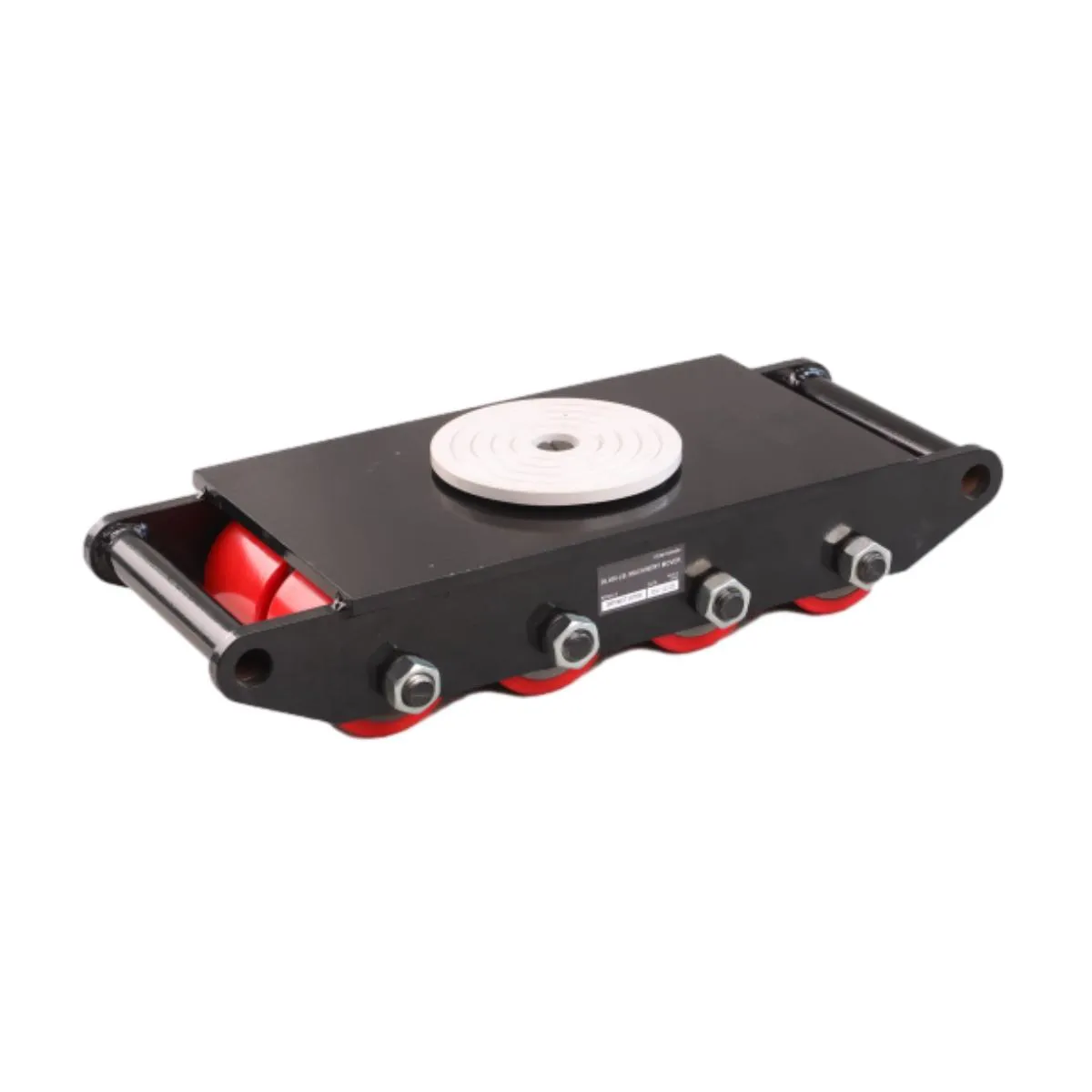overhead travelling crane
Understanding Overhead Travelling Cranes Functionality, Types, and Applications
Overhead travelling cranes, often referred to as overhead cranes, are an integral part of modern industrial operations. These powerful machines are designed to lift, move, and position heavy loads with precision and efficiency, making them indispensable in various sectors, including manufacturing, warehousing, and construction. This article explores the functionality, types, and applications of overhead travelling cranes.
What is an Overhead Travelling Crane?
An overhead travelling crane consists of a bridge that runs along two horizontal beams, which are fixed to the facility’s structure—such as a ceiling or supporting pillars. The bridge features a hoist, which can move along the bridge's length and is used to lift and lower loads. This design allows the crane to operate in a confined area, utilizing the overhead space, which maximizes floor space for other operations.
Key Components
Understanding the key components of an overhead travelling crane helps in appreciating its functionality. The main components include
1. Bridge The horizontal beam that spans the area where the crane operates. 2. Hoist The mechanism that lifts and lowers the load. Hoists can be electric or manual, with various configurations. 3. End Trucks These are located at each end of the bridge and enable the crane to move along the rails. 4. Control System Operators can control the crane using a pendant control, radio remote, or a cabin inside the crane itself. 5. Rails Fixed tracks on which the crane moves, providing stability and safety.
Types of Overhead Travelling Cranes
There are primarily two types of overhead travelling cranes single girder and double girder cranes.
1. Single Girder Cranes These cranes have one main girder to support the hoist. Single girder cranes are generally lighter and more economical, making them suitable for warehouses and workshops where lower lifting capacities are needed.
2. Double Girder Cranes As the name suggests, these cranes feature two girders, providing enhanced strength and stability. They can accommodate heavier loads and are commonly used in heavy-duty applications, such as manufacturing plants and shipping yards.
overhead travelling crane

Applications of Overhead Travelling Cranes
Overhead travelling cranes have a wide range of applications across various industries
1. Manufacturing In factories, these cranes are used to move raw materials, finished products, and assembly components. Their ability to lift heavy machinery allows for efficient workflow management.
2. Construction Overhead cranes are pivotal in construction sites for lifting beams, concrete components, and other heavy materials, helping to streamline construction processes.
3. Shipping and Logistics In shipping yards and warehouses, overhead cranes efficiently load and unload containers, enhancing productivity and reducing manual labor.
4. Maintenance and Repair In maintenance shops, these cranes can lift heavy equipment for repairs, making the process safer and more efficient.
Benefits of Overhead Travelling Cranes
The benefits of using overhead travelling cranes are manifold
- Space Utilization By operating overhead, these cranes free up valuable floor space for other operations. - Increased Safety They reduce the risk of injury associated with manual lifting, enabling safer working conditions. - Enhanced Productivity Their speed and efficiency allow for quicker movement of materials, boosting overall productivity. - Versatility With various attachments and configurations available, overhead cranes can be tailored to specific operational needs.
Conclusion
In summary, overhead travelling cranes are a vital component of many industrial operations, combining functionality with efficiency. Their design, which allows for the movement of heavy loads overhead, maximizes floor space and enhances productivity. With advancements in technology, these cranes are becoming more versatile and safer, making them an essential tool for businesses aiming to improve their operational efficiency. Whether in manufacturing, construction, or logistics, the role of overhead travelling cranes cannot be overstated, and they will continue to play a significant role in the future of industrial operations. As industries evolve, so too will the technologies and applications of these critical machines.
-
Unlock Seamless Relocation with Our Heavy Equipment Moving ExpertiseNewsJun.06,2025
-
Unleash Unrivaled Flexibility with Our Adjustable Gantry CraneNewsJun.06,2025
-
Unleash Heavy-Duty Efficiency with Our Industrial Gantry Crane SolutionsNewsJun.06,2025
-
Revolutionize Steel Handling with Our Magnetic Lifter RangeNewsJun.06,2025
-
Master Equipment Mobility with Premium Machinery Mover SolutionsNewsJun.06,2025
-
Elevate Your Material Handling with Magnetic Lifter TechnologyNewsJun.06,2025
-
YS Permanent Lifting Magnets: The Smarter Way to Handle SteelNewsMay.22,2025
